Horizon - This exercise is to explore different positions of the horizon and and how they affect an image.
Placing the horizon line at the top of the image purely draws attention to fore ground and near distance subjects. It heavily depends on foreground interest to give impact. I also find it contains the image within a defined boundary.
Moving the horizon line down gives a greater feeling of depth to the image ... seeing some sky establishes the borders of the area.
Using the standard compositional format of dividing the frame into thirds and allowing the horizon to fall on the first division allows the viewer to concentrate on the foreground details. However if this detail is distracting or uninteresting you lose the impact of the image and possibly if there is good cloud details the impact of the sky.
Moving the horizon line can supply a balance to the image but can lose impact. unless there is a reason , usually reflections or contrasting colours, it can be seen to be the "boring" choice.
Dropping down to the bottom division of thirds gives great impact to the sky and when this, as in this case has interest this is a better choice. It also give the image a more "grounded" feel as it pulls the weight lower down the frame. However this is a counterpoint to using the top third division and with a bland featureless sky could lose impact.
Moving the horizon line to the very bottom of the image changes the dynamic totally and concentrated solely on the , in this case, sky or distance details. For a graphic sunset with dynamically lit clouds this would be the choice , but in this case... a bit drab so not today thank you.
In conclusion , using the basic rule of thumb of dividing by thirds will give a workable dynamic image depending on the point of interest, but depending on the actual subject there are other options.
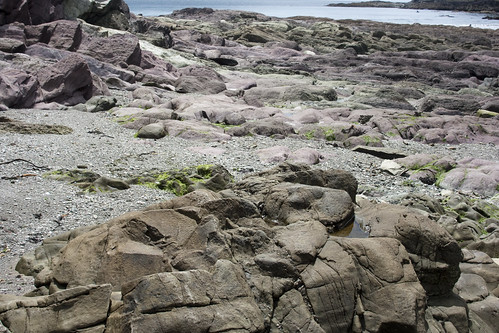
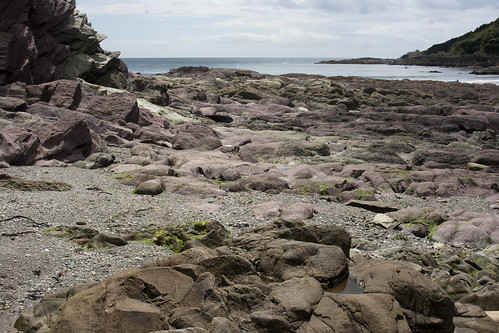
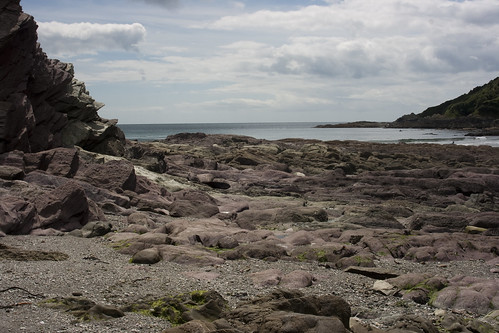
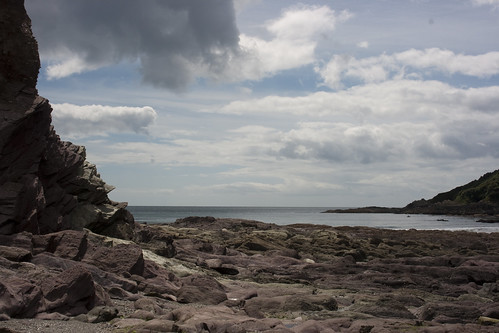

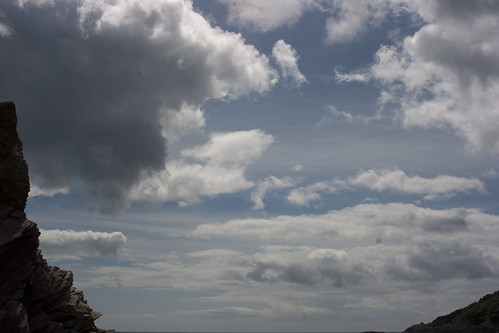
No comments:
Post a Comment